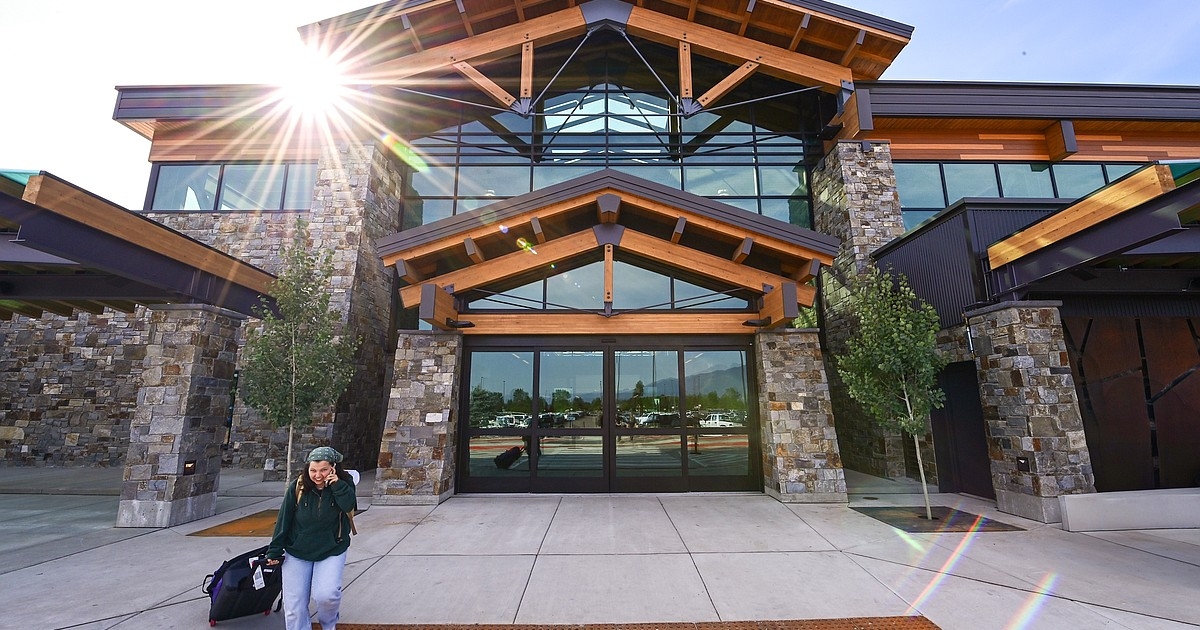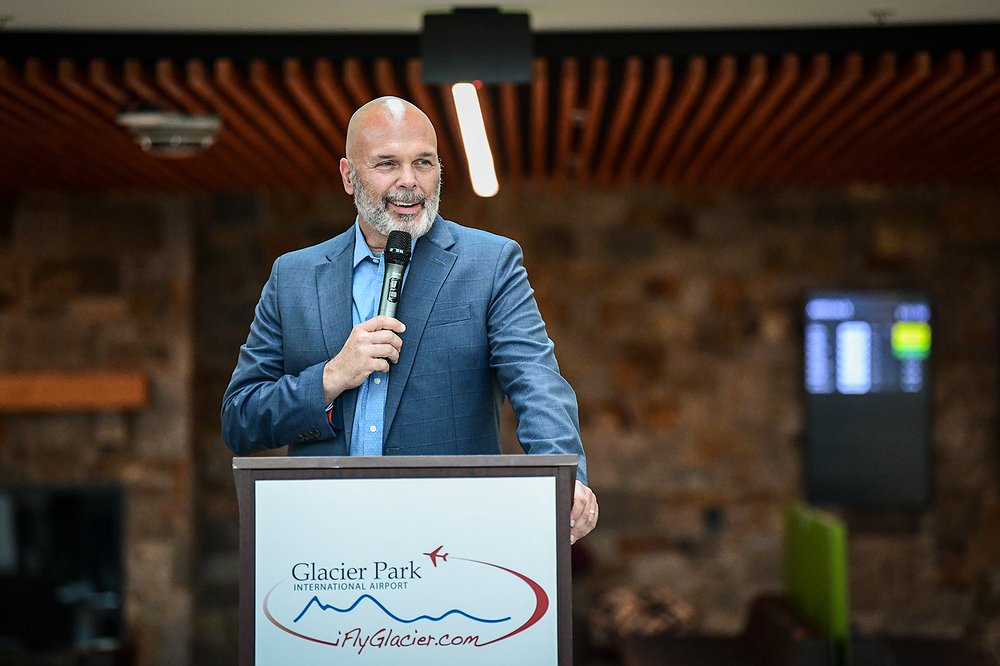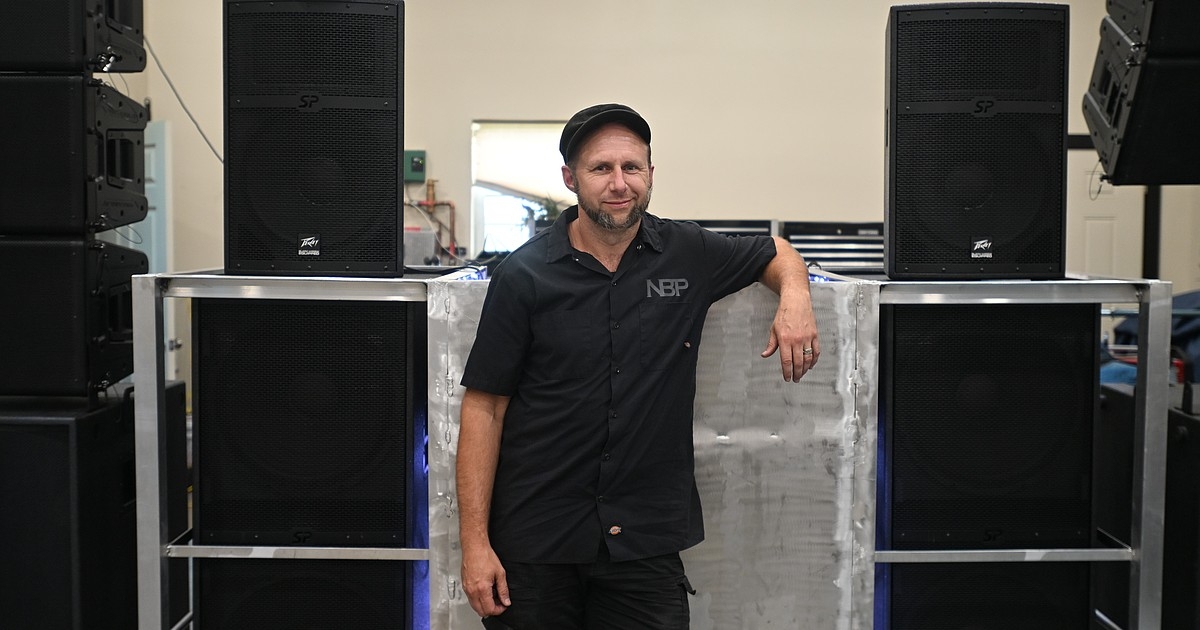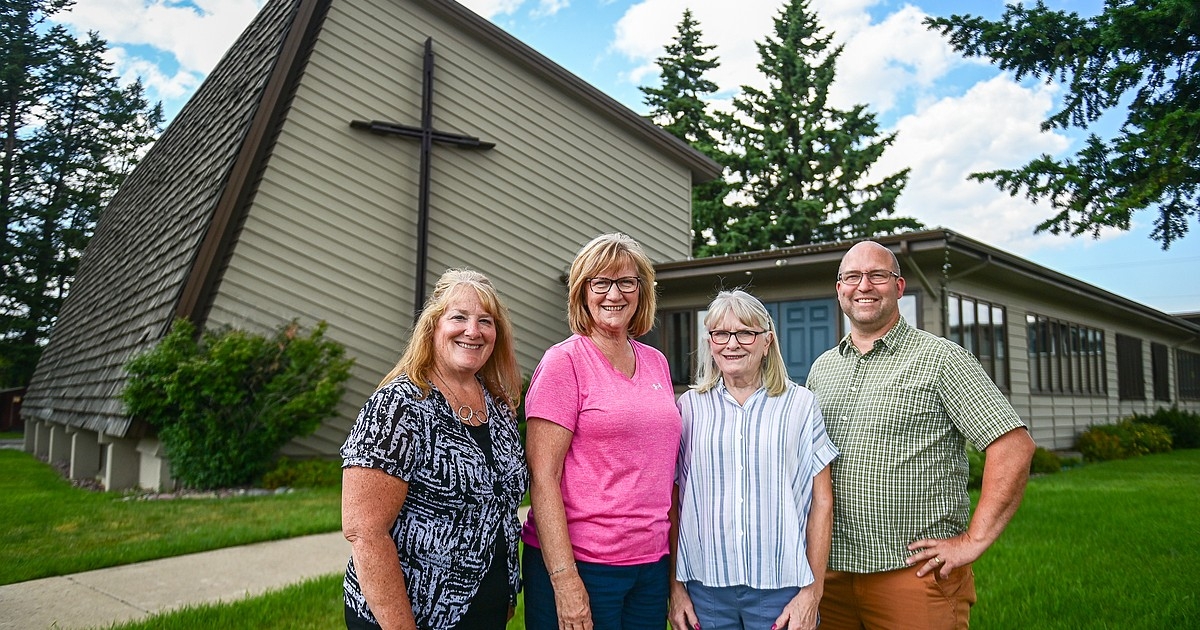Description
Glacier Park International Airport will significantly limit operations for four weeks during peak tourism season next year, but federal regulation and the project's scope leaves no better option, according to Airport Director Rob Ratkowski.
The Flathead Valley transit hub will be closed for runway repairs on Mondays starting at 6 p.m. through Fridays at noon from July 6 to July 31, 2026. The asphalt was last resurfaced 16 years ago and has started showing visible signs of stress and age, according to airport officials.
Hours of operation are normal this summer.
Like Glacier Park International Airport, Missoula Montana Airport will also undergo a runway rehabilitation project. However, Missoula’s airport will be closing its doors completely for six days this September to accommodate the work.
Ratkowski pondered a full closure but said the runway repairs at Glacier Park International were too extensive. There are a couple of taxiways that must be relocated to meet federal requirements, which extended the construction timeline.
“It’s kind of like, if you remodel your house, right? If you touch it, you have to bring it up to code. And so we are in a similar situation with that taxiway relocation,” Ratkowski said.
If the airport were to fully close instead of the planned rolling closure, the transit hub would have to be shut down for 21 days, “and nobody agrees that that’s a good situation,” Ratkowski said. “Air service is so vital to the valley that we couldn’t just turn it off for three weeks.”
Ratkowski also weighed shortening the runway by a third, but said it would have severely limited operations.
THE WEATHER was ultimately the deciding factor for the project's timing. Specific weather conditions are needed to properly resurface the runway to federal requirements. Because crews will be working 24 hours a day when the airport is closed, the temperature cannot drop below 50 degrees Fahrenheit, per the Federal Aviation Administration.
There can also be little to no rain during repairs, according to the federal agency.
“We need four consecutive weeks that each have four consecutive days of weather that meet those paving requirements,” Ratkowski said.
The project must be completed before October, when freezing temperatures set in.
After looking through five years of weather data, Ratkowski found that April had a 1% chance of yielding the needed conditions, May had a 10% chance, June had a 30% chance and July an 80% chance.
If crews were rained out, the project would be delayed, and the airport would need to accommodate passengers who bought tickets during the extended closure.
“That will impact like 5,000 people a day if we wind up going over,” Ratkowski said.
After the pavement cures for 30 days over August, the runway will be closed every night in September for grooving. While exact times haven’t been pinned down, Ratkowski expects the runway to be closed from about midnight to around 6 a.m. Flights won’t be affected by the closures.
“Nobody is going to know it is happening,” Ratkowski said.
Preliminary work on the runway will start in May 2026, but will also not affect operations.
“So we’re going to be doing construction all summer, and the only time that we’re going to be impacting the airfield with closures that are of substance is during July,” he said. “It’s this balancing act of weather probability with community impact.”
“I understand that it’s an impactful project. It was in 2009 when we last did it,” Ratkowski said.
The airport ran similarly limited operations throughout August and saw a 35% reduction in passengers, according to Ratkowski.
Ratkowski clarified that the decision to complete the work in July was made between airport staff and engineers, not the airport board.
“They don’t really get into that level of management of the airport,” Ratkowski said.
The project price tag comes in at $21 million and is being funded through the Airport Improvement Program, a supplemental grant program funded through the Biden administration’s Infrastructure Investment and Jobs Act, also known as the Bipartisan Infrastructure Law.
MEMBERS OF the Flathead Valley business community are worried about the decline in air travel and have pushed airport officials to reconsider the timing of the closure.
July is the single most important month for many tourism-dependent businesses in the region, according to Diane Medler, the executive director of Discover Kalispell. Last July, visitor credit card spending in Kalispell exceeded $29 million. A 20% decline in visitation could result in an estimated $5.8 million loss in revenue for Kalispell alone.
For many Kalispell businesses, Medler said, summer income sustains operations for the entire year.
“We didn’t feel that the economic impact of a four-week closure in July was really taken into consideration before the decision was made, and the decision was made before any of the business community was consulted,” Medler said.
The effect on businesses would be substantial in Whitefish as well, according to Zak Anderson, executive director of Explore Whitefish. According to Visa Destination Insights, non-residents were responsible for $91 million in tracked point-of-sale transactions in fiscal year 2024, representing 58% of all spending in Whitefish.
A total of 157,030 passengers traveled through Glacier Park International Airport in July 2024, by far the busiest month of the year. Anderson sent a letter to Ratkowski urging the airport to move the project timeline to September, which saw 105,577 total passengers for the month in 2024.
“We urge the GPIA to consider September 2026 as a more reasonable timeframe for this project,” the letter stated. “The weather remains favorable, traffic is significantly reduced, and the local economy can better absorb the temporary disruption. This small adjustment would help protect both the community’s access and the economic resilience of Northwest Montana.”
In Kalispell, the hotel occupancy last July was about 80%, with a peak average daily rate of $248, making it the most lucrative month of the year for area hoteliers.
July is typically the busiest month at Glacier National Park, with nearly 800,000 visitors tallied during the month last year. Major events that bring in thousands of people from across the country to the valley – like the Under the Big Sky music festival and The Event at Rebecca Farm – are also held in July.
“We are definitely expecting [the closure] to have influence over how we are able to get officials in and out,” said Sarah Broussard, organizer of The Event at Rebecca Farm. “It will be difficult, but we have been in difficult situations before and always come up with a good plan.”
Lorraine Clarno, president of the Kalispell Chamber of Commerce, expressed worry that Under the Big Sky could relocate, considering the closure. Officials at Under the Big Sky declined to comment on its plans for next summer.
But concern also extends beyond tourism. The airport closure will restrict access for Flathead Valley residents to get somewhere fast in case of an emergency, or it could upset summer travel plans for locals, according to Anderson. In his letter to Ratkowski, he notes a study that suggests resident travel accounts for approximately 80% of the airport’s use.
THE REPAIRS will be conducted in four phases over the four weeks. The runway used by private aircraft, air ambulances and delivery aircraft will remain open for three of the four phases.
Ratkowski plans to encourage air carriers to increase weekend flights during the closure.
“All the carriers know about this project. They have for a long time,” he said.
Kevin Gartland, executive director of the Whitefish Chamber of Commerce, is also working with the state's congressional delegation and airlines to hopefully increase the number of flights into Glacier Park International during the days the airport will be open next July.
“We’re a 12-month resort here in Whitefish, so we understand the importance of making the repairs the way they need to be made,” Gartland said.
While not ideal, the weather window to accommodate the runway work is understandable, Gartland said.
“It’s the cost of doing business in the Flathead Valley,” Gartland said, referring to the weather.
Those in the airport industry understand the scope of the project, according to Steve Mora, president of MCS Burbank, the concessioner at the airport.
“We’re in the airport industry, this is normal. We only have one runway, so because we only have one runway, there are operational challenges,” Mora said. “... People should have plenty of notice and be able to schedule accordingly.”
Reporter Kate Heston may be reached at 758-4459 or [email protected]. Reporter Jack Underhill may be reached at 758-4407 or [email protected].
Other Related News
07/27/2025
Glacier Medical Associates has opened a new clinic on US 2 in Evergreen with the aim of p...
07/27/2025
Justin Krauss never planned to become one of the Flathead Valleys most sought-after DJsFo...
07/27/2025
Judy Mundell has always had a taste for finer things Even as a 6-year-old biting into a c...
07/27/2025
Congregants at Calvary Lutheran Church are coming together to raise money to repair the c...
07/27/2025













